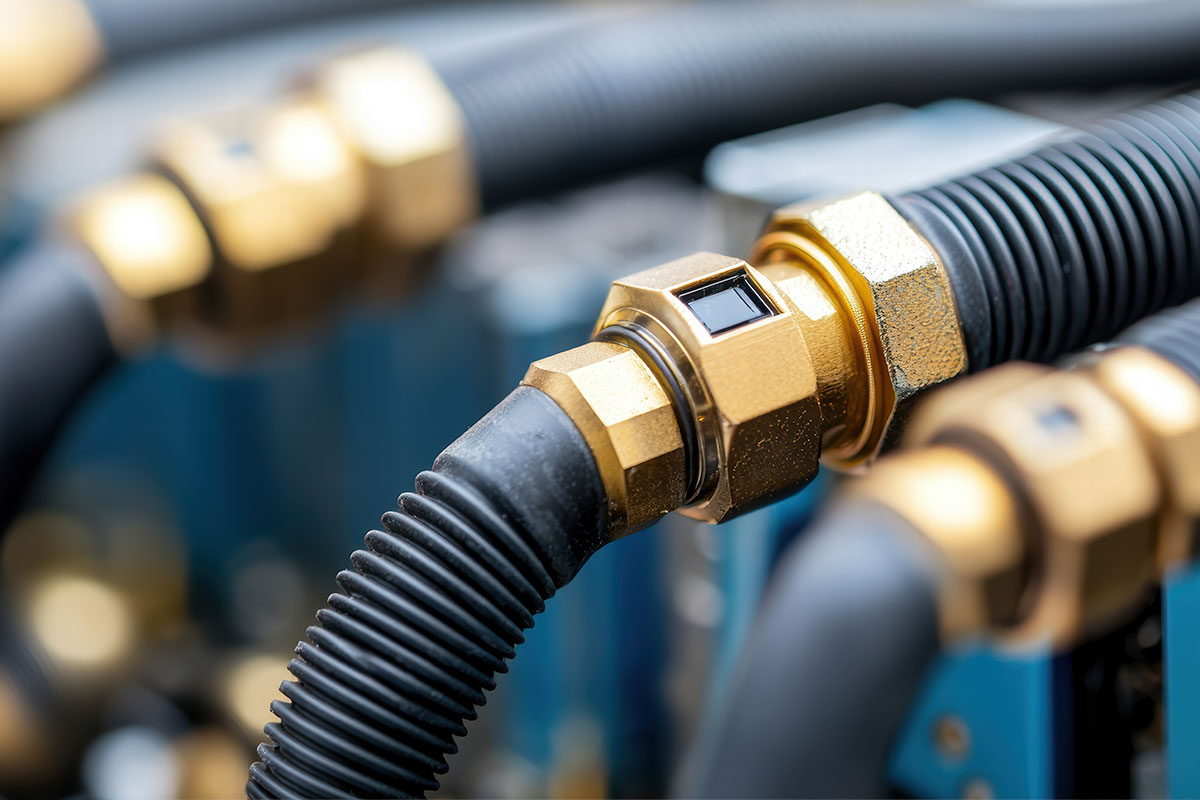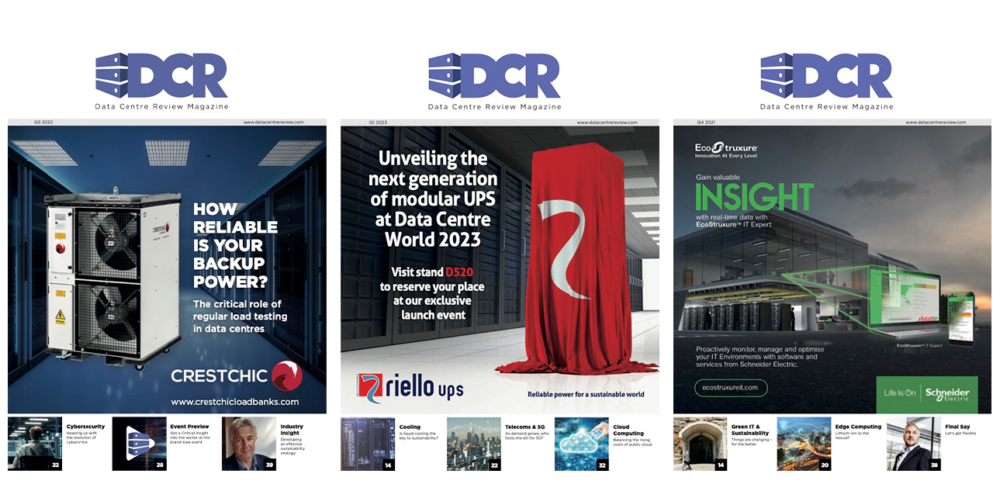Jeff Berger, Product Manager for new product development at Parker Hannifin’s Hose Products Division, believes that in today’s race for denser, more efficient data centres, it’s the right hose choice that could make – or break – your cooling strategy.
With the rapid adoption of AI, data centres have had to quickly ramp up in order to handle the tremendous volumes of added information being processed. Such rapid evolution has put significantly increased demands on data centre cooling systems.
Although it has only been in the past few years that liquid cooling has unseated air cooling as a preferred method for cooling data centres, it has quickly adapted to increased demands. The evolution has happened so fast that product standards and technical expertise regarding preferred product materials and system designs have not had time to catch up, leaving the industry exposed to potential leaks and/or cooling fluid contamination.
With all the focus on technology, it has been easy to overlook the more basic components within the cooling systems. Take hoses, for example. They are integral to the conveyance of various cooling fluids but are not often given the attention they deserve.
The term ‘hose’ refers to reinforced flexible piping that consists of three components: the tube (innermost liner); the reinforcement (includes tension bearing material helically wound around the tube to support pressure loading or braiding); and the cover (outermost layer which protects the reinforcement).
From the outside, many hoses may look the same. In reality, there is a lot of science behind the manufacture of hoses with numerous material variations available to adapt to specific applications. There are literally hundreds of different rubbers on the market today with no two being identical. The variations result in differences with regard to flexibility, aging and temperature resistance. The aging characteristics of the rubber are important considerations since rubber can get hard and brittle and is likely to crack as it ages.
Choosing the wrong hose material could result in particles leaching into the cooling media which, today, is typically water glycol. Such leaching not only compromises fluid purity which results in failures in the cold plates, but it can also clog filters in the system. The wrong rubber formulation could also age prematurely. The average life of most preferred rubber hoses in data centres is seven years.
Ethylene propylene diene monomer (EPDM), a synthetic rubber, is one of the more commonly used materials today because of its ability to function in extreme temperatures. Traditional EPDM hoses were typically sulfur cured. However, sulphates can leach into the media and latch onto the micro channels of the cold plates creating hot spots that can burn up the chip. As a result, today’s data centre hoses have evolved to peroxide-cured EPDM.
The evolution of hoses
The lack of knowledge regarding the various rubber options is understandable when you realise that data centres have not always used rubber hoses. Many used metal hoses for fluid conveyance for many years. Polytetrafluoroethylene (PTFE) and stainless steel are both high-purity products with strong reputations for performing well in extreme temperatures. They were once preferred for data centres because of their durability.
However, one major shortfall is that metals are more rigid than rubber and can’t be bent which means they have to be corrugated in order to provide the type of flexibility needed in data centres. Plus, the typical PTFE hose with a stainless steel braid over it is 3-4 times more expensive than EPDM.
Why is hose flexibility so important?
Flexibility is not critical in some industries, but it certainly is necessary in data centres, especially for the hoses that are inside the server (also known as server blades). With all the various components inside the server, the hose needs to be flexible enough to snake around components. It also needs a small outer diameter to fit within the tightest configurations.
A second data centre application that requires a flexible hose (although not nearly as much flexibility as the server blades need) are those hoses used in the racks (also known as jumper hoses). These are the hoses that connect the manifolds to the server.
Depending on the configuration, coolant distribution unit hoses (also known as headers), which convey the water glycol solution to the racks, don’t typically require a tight bend radius.
Chemical resistance considerations
The appropriate chemical resistance is dependent upon choosing the correct elastomer material for the type of coolant used in the application.
The polymer type, filler material and polarity of the rubber vs polarity of the fluid are all factors that impact the ability of the rubber to limit the amount of material degradation. To minimise material degradation, it is common to choose a polymer with a polarity trait that opposes the polarity of the fluid. For instance, non-polar polymers such as butyl and EPDM are very resistant to permeation of polar fluids such as water. Long term material integrity of the hose is an important consideration, especially when using closed loop liquid coolant systems.
Liquid cooling systems for cooling IT gear electronics typically use a mixture of propylene glycol and deionised water. Other coolant mixtures are also possible and can be chosen to maximise heat transfer over a specified temperature range or protect against phase change (freezing and evaporating).
Additionally, biocides and corrosion inhibitors can be added to the coolant. It is recommended to review the fluid compatibility of all the elements of a fluid mixture with the hose manufacturer to be sure the inner liner of the hose (tube) is compatible with the fluid. In many cases, the coolant mixture will contain proprietary additives for which compatibility may be difficult to predict. The best way to verify compatibility is to conduct a physical test of the tube material with the specific coolant mixture.
There are also a lot of ASTM, ISO and SAE standards that drive product validation. These should be used as guides for determining compatibility. Although the data centre industry doesn’t yet have a lot of standards that are specific to it, existing standards from other industries, such as automotive, can effectively be used as guides.
Looking to the future
As data centres continue to grow in size and power density, they are also becoming hotter, which challenges existing technologies and designs to keep up with accelerated cooling requirements. As a result, the industry is looking at ways to increase the dimensions of hoses to handle greater flow. One challenge is that larger-diameter hoses are more likely to collapse on themselves. A solution has been the use of helical wire in the construction of the hose to act as spring in keeping the hose from collapsing.
Data flow will only increase with time as AI becomes adopted for additional applications. Consumers and businesses will demand more data in record time, putting additional strains on data centres. The ability of hose manufacturers to develop additional responsive chemistries and technologies may well be what ultimately determines what these mega data centres can do and how quickly they can adapt.


